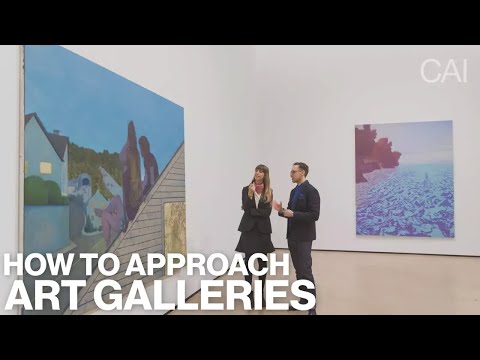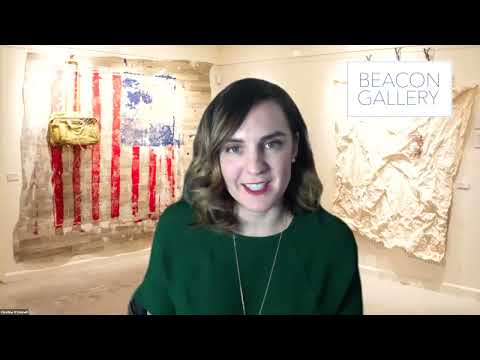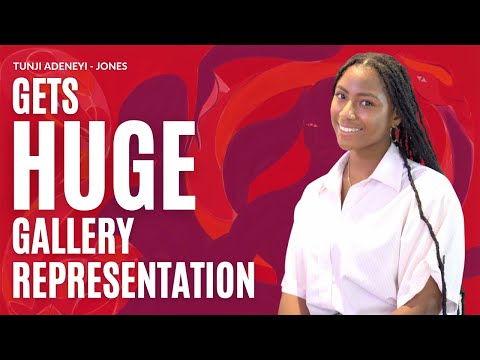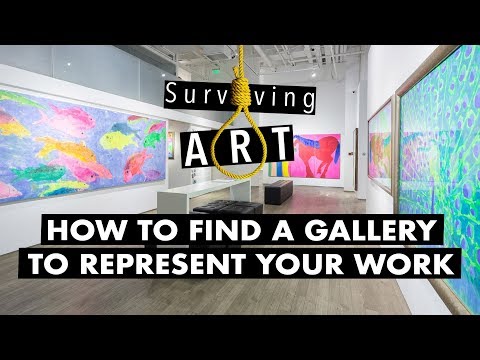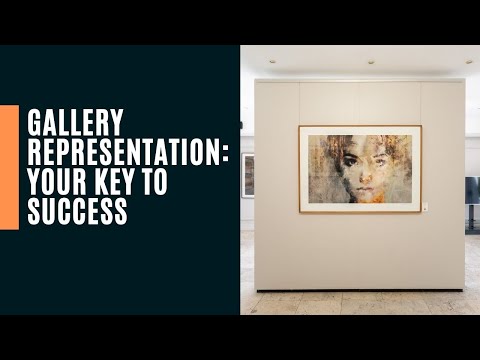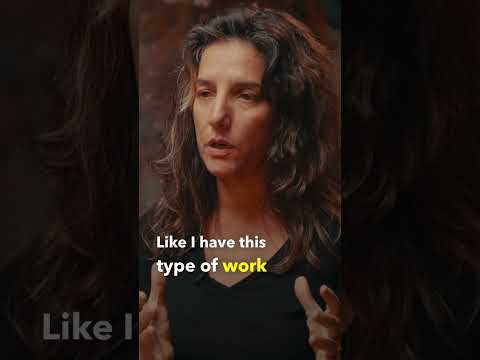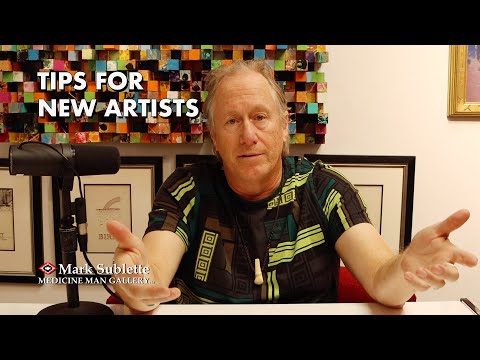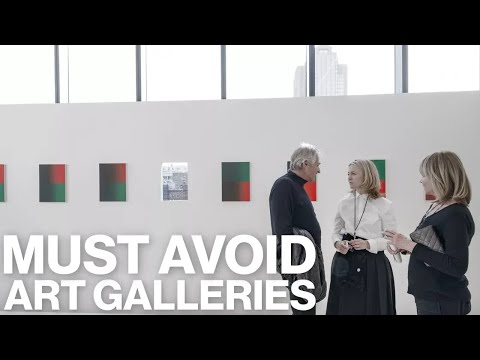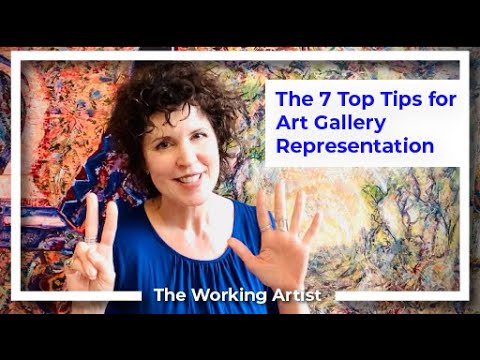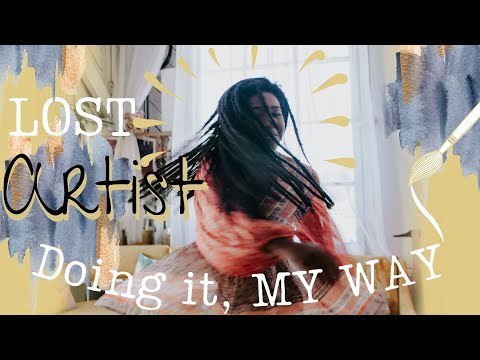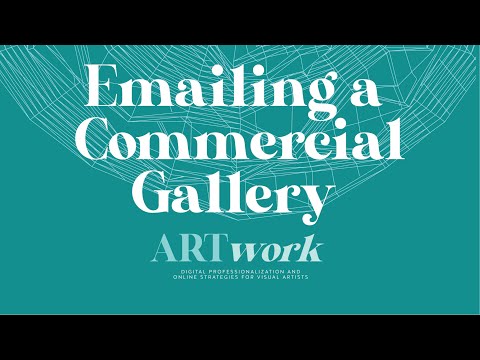Gallery representation can feel like a daunting goal for many artists, but it’s definitely achievable with the right approach and mindset. Let me share my insights and tips on this.
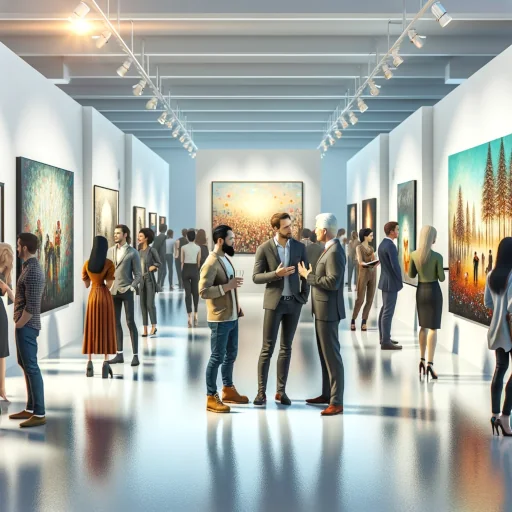
Approaching art galleries is a big step. It’s important to do your research. Look for galleries that align with your style and medium. You must visit the galleries, attending their shows, and understand their portfolio. Building a relationship before you pitch your work is mandatory. It shows your genuine interest and commitment.
If you do not support them they will not support you!
TIP: If you are an emerging artist then you should reach out to an emerging or local gallery. A national gallery will not consider you.
When you’re ready to reach out, it’s all about professionalism. Prepare a solid portfolio of your work. This should include high-quality images, descriptions, and perhaps the story behind your work. A well-crafted artist statement and a professional CV also go a long way.
Email is a way to contact a gallery. The best way is to be recommended by another artist or someone else. Keep your email concise but informative. Include a brief introduction, why you think your work is a good fit for the gallery, and attach or link to your portfolio. However, a cold email in my opinion is a waste of time and will most likely not even get looked at.
TIP: Self promotion for artists is not considered the norm in the art world. It’s always better if some else talks about your work.
Follow-up is key, but patience is crucial. Galleries receive numerous submissions, so give them time to review your work. A polite follow-up email after a few weeks is appropriate.
For beginners, I’d say start small. Local or smaller galleries can be more approachable and open to emerging artists. Participating in local art shows, festivals, or online platforms can also help in building your reputation and portfolio.
Now, let’s talk about some dos and don’ts:
- Do be professional in all your communications. This includes being punctual, respectful, and prepared.
- Do have a clear and consistent body of work. Galleries want to see your unique style and voice.
- Do network. Connections in the art world can lead to opportunities.
- Don’t be discouraged by rejection. It’s a part of the journey.
- Don’t compromise your artistic integrity. Stay true to your vision and style.
- Don’t overlook the importance of an online presence. A strong social media presence or a personal website can be very effective.
In terms of steps:
- Develop your body of work: Make sure you have a cohesive collection that represents your style.
- Research galleries: Find galleries that align with your work.
- Build relationships: Network and get to know the gallery scene.
- Prepare your portfolio and documents: This is your chance to make a strong impression.
- Reach out professionally: Make your pitch concise and compelling.
- Follow up: A gentle reminder can show your enthusiasm without being pushy.
- Negotiate representation: If a gallery is interested, discuss terms clearly and professionally.
Finally, remember that gallery representation is not the only measure of success. Many artists thrive through self-representation, especially in the digital age. Exploring all avenues, staying true to your art, and continually growing both in your craft and in your business acumen are key. The journey might be challenging, but it’s incredibly rewarding. Keep creating and keep believing in your work!
